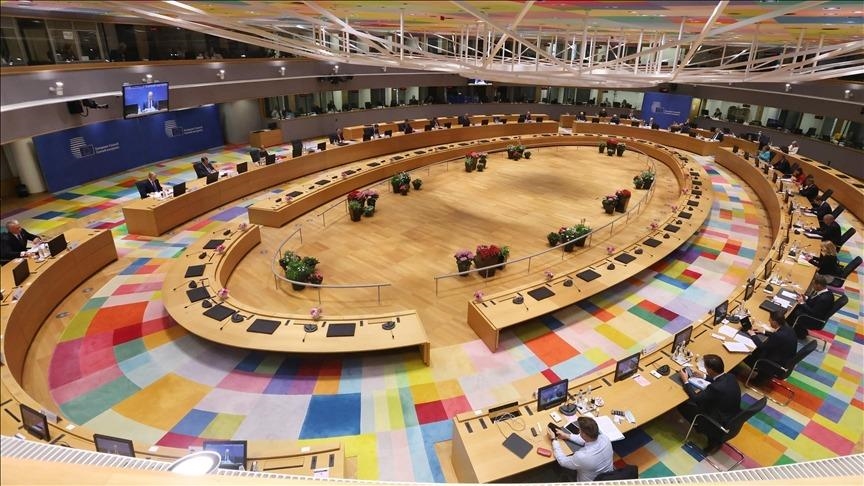Global Courant
Authorities in Burma on Monday destroyed more than $446 million worth of illegal drugs seized across the country on the occasion of an annual International Day Against Drug Trafficking, police said.
The drug burn came as UN experts warned of an increase in opium, heroin and methamphetamine production in Burma, with exports threatening to expand markets in South and Southeast Asia.
Burma has a long history of drug production associated with political and economic uncertainty resulting from decades of armed conflict. The country is a major producer and exporter of methamphetamine and the world’s second largest opium and heroin producer after Afghanistan, despite repeated efforts to promote alternative legal crops to poor farmers.
Voter remorse: BLUE STATE INVESTIGATION REVEALS MAJORITY CRIMINALIZE DRUGS AGAIN: ‘WE MADE A HUGE MISTAKE’
In the country’s largest city, Yangon, a pile of seized drugs and precursor chemicals worth $207 million was burned. The drugs destroyed included opium, heroin, methamphetamine, marijuana, kratom, ketamine and crystal meth, also known as ice.
The burn coincided with the UN International Day Against Drug Abuse and Illicit Trafficking.
Authorities also destroyed drugs in the central city of Mandalay and Taunggyi, the capital of eastern Shan state, both closer to key drug production and distribution areas.
Smoke and flames emanate from the burning of illicit narcotics to mark the International Day Against Drug Abuse and Illicit Trafficking on the outskirts of Yangon, Burma, on June 26, 2023. (AP photo/Thein Zaw)
Last year, authorities burned a total of more than $642 million worth of seized drugs.
Experts have warned that violent political unrest in Burma following the military takeover two years ago – now akin to a civil war between the military government and its pro-democracy opponents – has led to an increase in drug production.
MEXICAN PRESIDENT begs for help from the Chinese regime in the FENTANYL crisis
Burma’s opium production has boomed since the military’s takeover, with poppy cultivation increasing by a third in the past year as eradication efforts eased and the faltering economy pushed more people towards the drug trade, a report says of the UN Office on Drugs and Crime earlier this year.
Estimates of opium production were 440 tons in 2020, rising slightly in 2021 and then rising in 2022 to an estimated 870 tons, the report said.
CLICK HERE TO GET THE FOX NEWS APP
The UN agency has also warned of a huge increase in methamphetamine production in recent years, driving prices down and reaching markets through new smuggling routes.
The military government says that some ethnic armed organizations that control large parts of remote areas produce illegal drugs to fund their uprisings and are not cooperating in the country’s peace process because they do not want to give up the benefits they derive from the drug trade. Historically, some insurgent ethnic groups have also used drug profits to fund their fight for greater autonomy from the central government.
Most of the opium and heroin exported by Burma, along with methamphetamine, goes to other countries in Southeast Asia and China.








